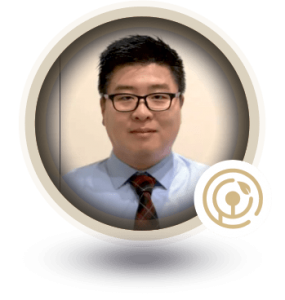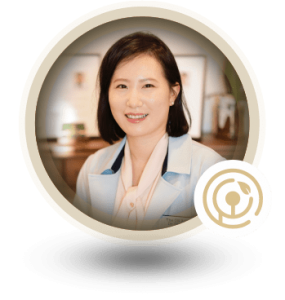PAIN CONDITIONS & INJURIES
Acupuncture has proven to be an extremely effective treatment for a large variety of pain conditions and injuries. There are many different theories as to why so many pain conditions are well managed with Acupuncture treatment, some of which involve the idea of the release of endorphins in the body during treatment, others involving the postulation of the closure of pain gates in the brain. Although the exact mechanism of pain reduction through Acupuncture is not known for certain, it is very clear that the insertion of needles into certain Acupuncture points and related trigger and/or motor points is a successful way of reducing and often eliminating pain from many areas of the body. Many studies have been done verifying the effectiveness of Acupuncture treatment for various pain conditions including Acupuncture for migraine, low back pain, arthritis, knee pain, shoulder and neck pain, headache and various nerve pain conditions.
Conditions that Respond to Acupuncture
- tension headaches
- migraines
- upper, middle & lower back pain
- knee pain due to injury or degeneration
- shoulder pain
- rotator cuff injuries
- neck pain, tension & restricted movement
- greater trochanteric bursitis
- sacroiliac joint pain
- sciatica
- hamstring, gluteal and hip flexor sprains or pulls
- achilles tendonitis
- plantar fasciitis
- ankle sprains
- carpal tunnel syndrome
- tennis/golfer’s elbow
HOW DOES ACUPUNCTURE DIFFER FROM DRY NEEDLING?
Dry Needling is a term that is becoming more commonly heard within the health care community in recent years. Many of our patients ask, “What is the difference between the two therapies?”
“Dry Needling” is a technique by which hypodermic needles were used to diffuse trigger points within muscles. The “dry” aspect of the term refers to the fact that there was no medicine or liquid contained within the needle. Physiotherapists using this technique today use Acupuncture needles but have chosen to adopt the term dry needling.
One of the most commonly held misbeliefs regarding the difference between Acupuncture treatment and Dry Needling is that Acupuncture only works within a system of specific Acupuncture points in order to affect the flow of Qi. This is untrue. For thousands of years, Chinese Medicine practitioners have needled into “ashi” points within the tissue that are the tight, ropy bands that Western Medicine refers to as “trigger points”.
As well, many Acupuncturists have trained specifically in motor point and trigger point release and perform these techniques as part of their treatment, combining it with the concepts of Chinese Medicine for a complete and highly effective holistic treatment.






